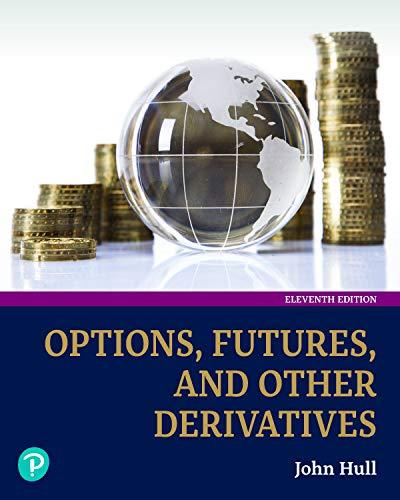Question
Question 1: Is it possible for a risky asset to have a beta of zero? Explain why or why not. Question 2: Your client, Smith,
Question 1: Is it possible for a risky asset to have a beta of zero? Explain why or why not.
Question 2: Your client, Smith, owns a portfolio that has $3,140 invested in Aardvark common stock and $4,300 invested in Bonobo common stock. The expected return on Aardvark common stock is 9% annually and on Bonobo common stock is 14% annually. What is the expected return on Smith's portfolio?
Question 3: Another client, Walker, owns a portfolio invested 15% in Qantas stock (beta = 0.78), 25% in Rooster stock (beta = .87), 40% in Salamander stock (beta = 1.13), and 20% in Tiger stock (beta = 1.45). What is the portfolio beta?
Question 4: Uniform stock has a beta of 1.14, the expected return for the market is 10.9 percent, and the risk-free rate of return is 3.6 percent. What is the expected rate of return for Uniform stock?
Question 5: Use the following information:
| State of the Economy | Probability of Occurrence | Return on Stock A, in state | Return on Stock B, in state | Return on Stock C in state |
| Boom | .60 | +0.18 | +0.04 | +0.31 |
| Bust | .40 | +0.03 | +0.16 | -0.11 |
5(a): What is the expected rate of return on an equally weighted portfolio of these three stocks?
5(b): What is the variance of a portfolio invested 20 percent on Stock A, 20 percent in Stock B, and 60 percent in Stock C?
Step by Step Solution
There are 3 Steps involved in it
Step: 1

Get Instant Access to Expert-Tailored Solutions
See step-by-step solutions with expert insights and AI powered tools for academic success
Step: 2

Step: 3

Ace Your Homework with AI
Get the answers you need in no time with our AI-driven, step-by-step assistance
Get Started


